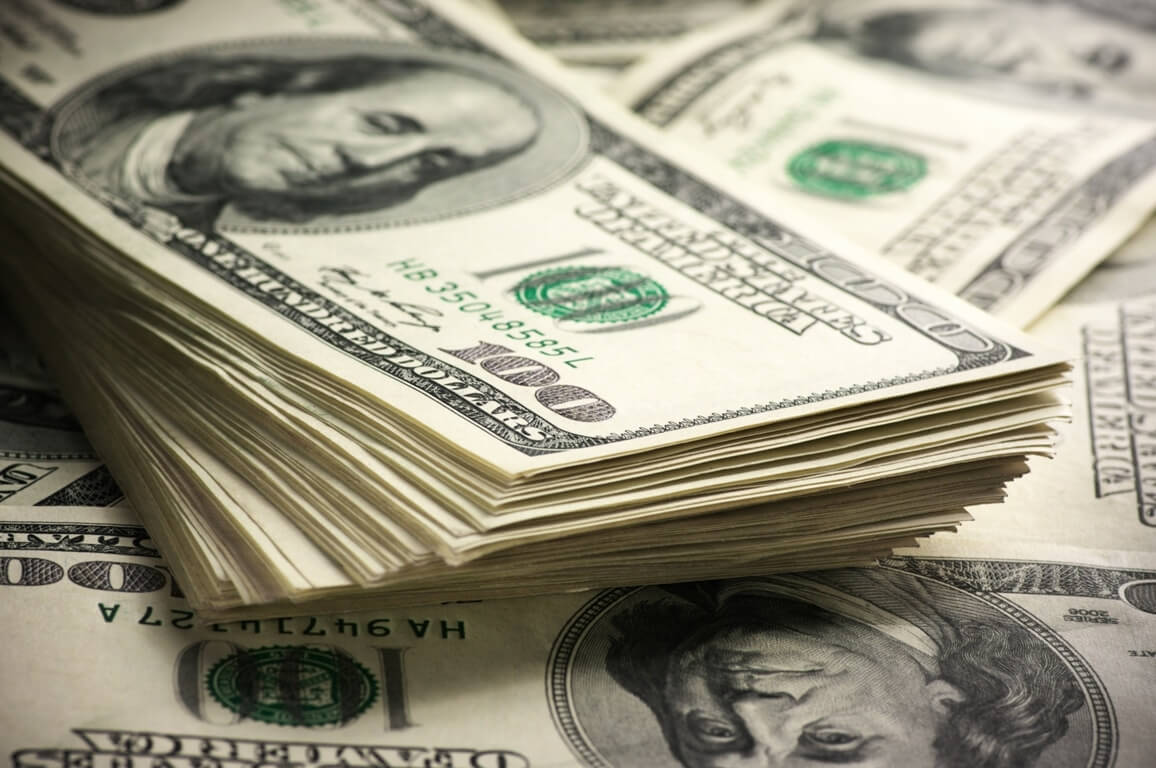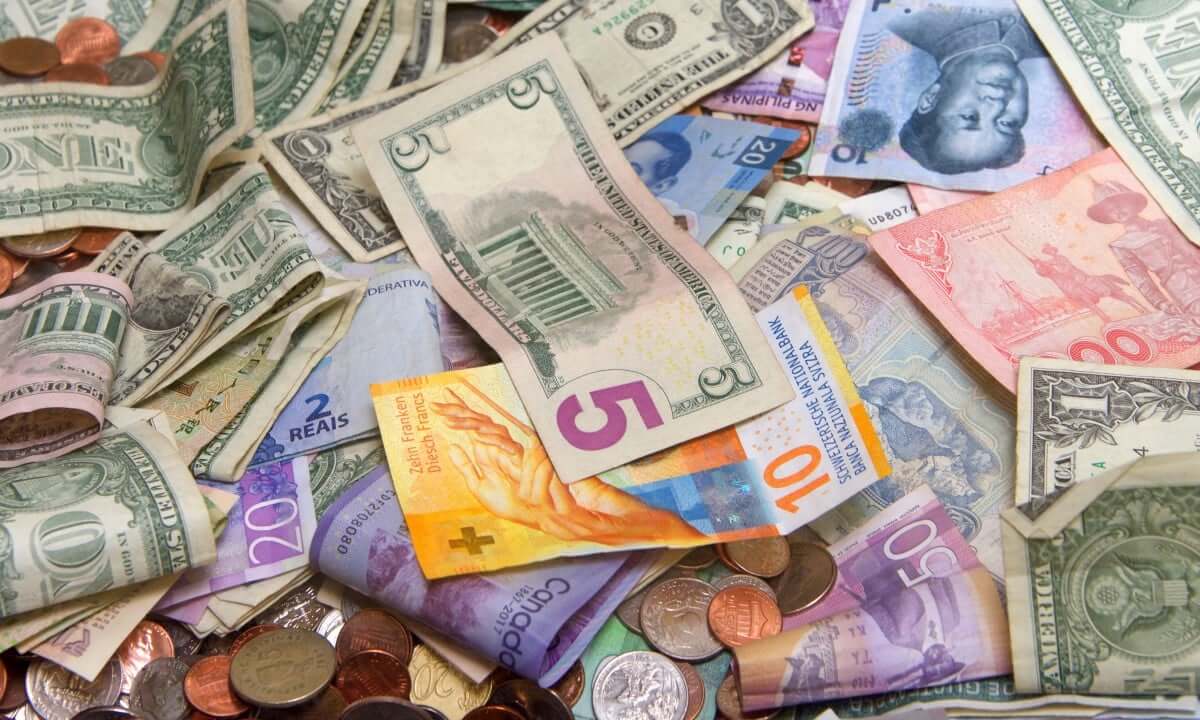The Dollar Is Still Low. What About the Euro and Sterling?

The Dollar Is Still Low. What About the Euro and Sterling?
The U.S. dollar exchanged hands near nine-month lows versus the Euro on Tuesday. The currency also lost its recent gains against the Japanese Yen. The dollar index climbed by 0.1% to 102.07 against a basket of six major currencies, a bit higher than last week’s 7-1/2-month lows.
Investors contemplated the diverging economic outlooks for the U.S. and Eurozone. On Tuesday, new European data reinforced analysts’ view that the economy is reasonably surviving a winter, considering intense price pressures.
Ray Attrill, the head of the foreign-exchange strategy at the National Australia Bank, noted that the United States is no longer the strongest survivor among the global economies. He expects the dollar index to plunge to 100 by end-March and the common currency to jump to $1.10. According to Attrill, America will not be the global growth leader in the coming months.
The U.S. Federal Reserve will likely deliver only two more quarter-point rate increases to a peak of approximately 5% by June before cutting rates later in 2023. The agency has insisted it still has 75 bps of hikes in the pipeline.
Unlike the plummeting dollar, the Euro has skyrocketed by almost 0.8% in the last week. Several European Central Bank officials hinted that hindering growing inflation would likely require more rate increases than forex markets currently anticipate. This news bolstered the single currency.
Furthermore, surveys showed today that euro area business activity unexpectedly returned to modest growth in January. Service-sector activity in Germany also expanded for the first time since June 2023. However, price pressures remain. TraderX market strategist Michael Brown noted that this news would probably be enough to push the ECB towards another 50 basis points in increases.
How Are the Euro and Yen Trading Now?
The Euro exchanged hands around its highest point since last April in the previous session. However, it remained flat against the greenback at $1.0868 today, tumbling from a session peak of $1.0898. On Monday, ECB President Christine Lagarde stated that the central bank would quickly hike interest rates to stop inflation. The latter is still 5 times higher than its target rate of 2%.
The U.S. dollar declined by 0.4% to 130.19 Japanese yen after profiting from a two-day rally. Last week, the greenback dropped to a low of 127.215 yen. Traders were waiting for a Bank of Japan policy review, expecting the central bank to signal the end of its ultra-easy stimulus program. But the BOJ left its policy unchanged. That gave the U.S. currency some respite.
Despite such news, economists believe a shift by the Bank of Japan will occur sooner rather than later. Policymakers are already changing their yield curve control (YCC) mechanism. The latter pins short-term rates at -0.1% while keeping 10-year yields in a band around zero.
NAB’s Attrill predicted that the USD/JPY would decline to 125 by end-March. According to him, the forex market regards the YCC policy to be past its use-by date. Thus, it’s only a matter of time before the central bank announces its end. With the change of policy, the Japanese Yen will likely surge forward.
On Tuesday, the British Pound suffered the most against the dollar among the major currencies. It shaved off 0.52% on the day and exchanged hands for $1.2312. A new survey showed that British private-sector economic activity dropped at its fastest rate in two years this month, pushing the sterling lower.
What About the EM Currencies?
The Hungarian forint also decreased on Tuesday. Investors are waiting for the National Bank of Hungary’s announcement. They expect the bank to leave its base rate unchanged, though. Other emerging market currencies moved slightly against a weaker greenback.
MSCI’s index for emerging market currencies remained flat on Tuesday. The forint dropped by 0.1% versus the Euro. However, it plunged by 0.7% in the previous session. Other central and eastern European currencies also tumbled against the Euro in early trading on Tuesday.
Traders await Nigeria’s central bank rate decision later in the day as the government tries to hinder inflation. It hit its highest point in almost two decades.
The rand fell by 0.4% as market players were cautious ahead of a central bank’s decision on monetary policy. The latter is due on Thursday. However, Turkey’s lira added against the dollar, while the Russian rouble gained 0.3%.
The post The Dollar Is Still Low. What About the Euro and Sterling? appeared first on FinanceBrokerage.




